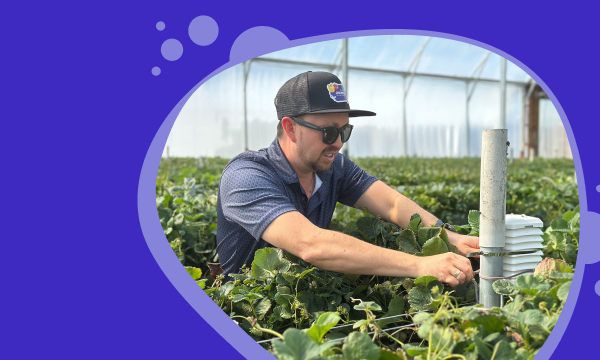
- ARTICLE
- CROP MANAGEMENT
How Climate Insight Levels the Protected Cropping Field
Daniel Than, Customer Success Director at WayBeyond, explains why actionable climate insight—not...
27.04.2023 | 3 min read
When we ask growers how we can help them, they say “We want to reduce pests, diseases, and wastage. To use less water, less energy and less pesticides. In short: we want to be able to do our jobs better.”
Of course, these are a complex set of requests with no single ‘silver bullet’ solution but one of the ways to help these growers do their jobs better is by helping them collect and harness data and train them to interpret it so they have a greater level of confidence in the decisions they make every day.
In this blog post we’ll discuss 3 common issues that can be addressed by collecting and analysing data.
Crop loss due to disease.
Variation in production output across sites
Declining crop yield and quality
According to Rabobank, Botrytis (or grey mold) causes an estimated USD 10 Billion of economic loss per year, worldwide.
Botrytis is a very common disease. It is a fungus that once established, can multiply rapidly because it produces a large volume of spores.
To infect plants disease spores first need to germinate. This requires a source of moisture (dew, high humidity) combined with moderate temperatures. The disease requires this high humidity for an extended period of time (between 3-8 hours) and an ideal temperature range of 13-23C.
Once these climate conditions are met, the disease thrives and becomes visible on plants about 2 weeks later.
Conditions for an outbreak are simple
Multiplies rapidly
Is hard to eradicate
Prospers in conditions 13-23C (55-73F) in conditions greater than 90% humidity
One grower who approached WayBeyond was losing an increasing percentage of their crop each year due to Botrytis. The turning point came when that percentage finally hit a shocking 40% – for a 1 hectare greenhouse that represents over USD 150k in loss.
The grower now wanted to solve the problem urgently, but without continuous data, it was hard to understand when the problem was happening and what action to take.
To investigate the issue our portable wireless sensors were deployed and after a period of time, the data was studied. Here’s what was discovered.
 Click for larger image.
Click for larger image.
These are the graphs from the sensors. On the left is Relative Humidity and on the right is Air Temperature. The graphs show that two weeks before the disease was spotted by scouts, the humidity was exceptionally high, hitting the dew point several times for a sustained period while the temperature during that same timeframe was in that 13-23C zone.
By viewing this data and using information on Botrytis epidemiology, the grower was able to see what was contributing to their problem. This data provided the intelligence for the grower to make changes to their environment and future crop practices.
Additionally, as a fail-safe, alarms were set to trigger should climate conditions become perfect for the disease to flourish again, so growers would get fair warning to take remedial action.
Being able to track disease over time is important as it enables you to study correlations between disease prevalence and climatic conditions.
Plants may also be more susceptible to disease if they are weak, wounded or stressed, so collecting additional data provides more context and helps build a picture of disease risk.
An important reading to capture is Vapour Pressure Deficit (VPD). VPD is the difference between the pressure exerted by water vapour held in saturated air and the pressure exerted by the water vapour that is held in the air being measured at the same given temperature. This difference is what drives transpiration from the plants' stomata and so provides an indicator of current plant stress levels.
Low VPD for example means low transpiration and would cause plant metabolism to slow down, inhibiting development and increasing susceptibility to disease.
In this graph you can see exactly this. Here we observe periods of high humidity and low VPD which in a short period become ideal conditions for an outbreak of Botrytis to occur.

VPD can be captured with a plant temperature sensor placed directly on the stem or leaf. Many systems offer an estimation of VPD but a plant temperature sensor provides actual VPD.
When it comes to disease it's best to consult a plant pathologist. They need to understand your situation to provide recommendations and the more data you can provide to them, the better they can do their job to help you.
Our next example involves a grower who received complaints from a supermarket they supplied about their product’s shelf life. The supermarket expressed serious concerns as shelf-life was very poor. But only a percentage of the product supplied had a short shelf-life while the rest were fine.
When this was investigated, the grower found the poor shelf-life product originated from one greenhouse while the rest were grown in another. So what was happening in that greenhouse? They needed the answer to salvage their relationship with the supermarket.
Their first step was to install our portable wireless sensors in both greenhouses to capture air temperature, radiation, humidity, and carbon dioxide. The installation meant they could compare conditions in each greenhouse, to benchmark one against the other. If they could replicate conditions from the high performing greenhouse in the poor performing one, the product shelf life could be improved.
Studying the data revealed stark differences between the climate conditions in these two greenhouses. Greenhouse 1 was the poor performer. Compared to Greenhouse 2 it had lower night temperatures and higher humidity. Additionally, there was a difference in radiation and CO2. You can see in Greenhouse 1, there was a larger variation in the CO2 compared to Greenhouse 2.
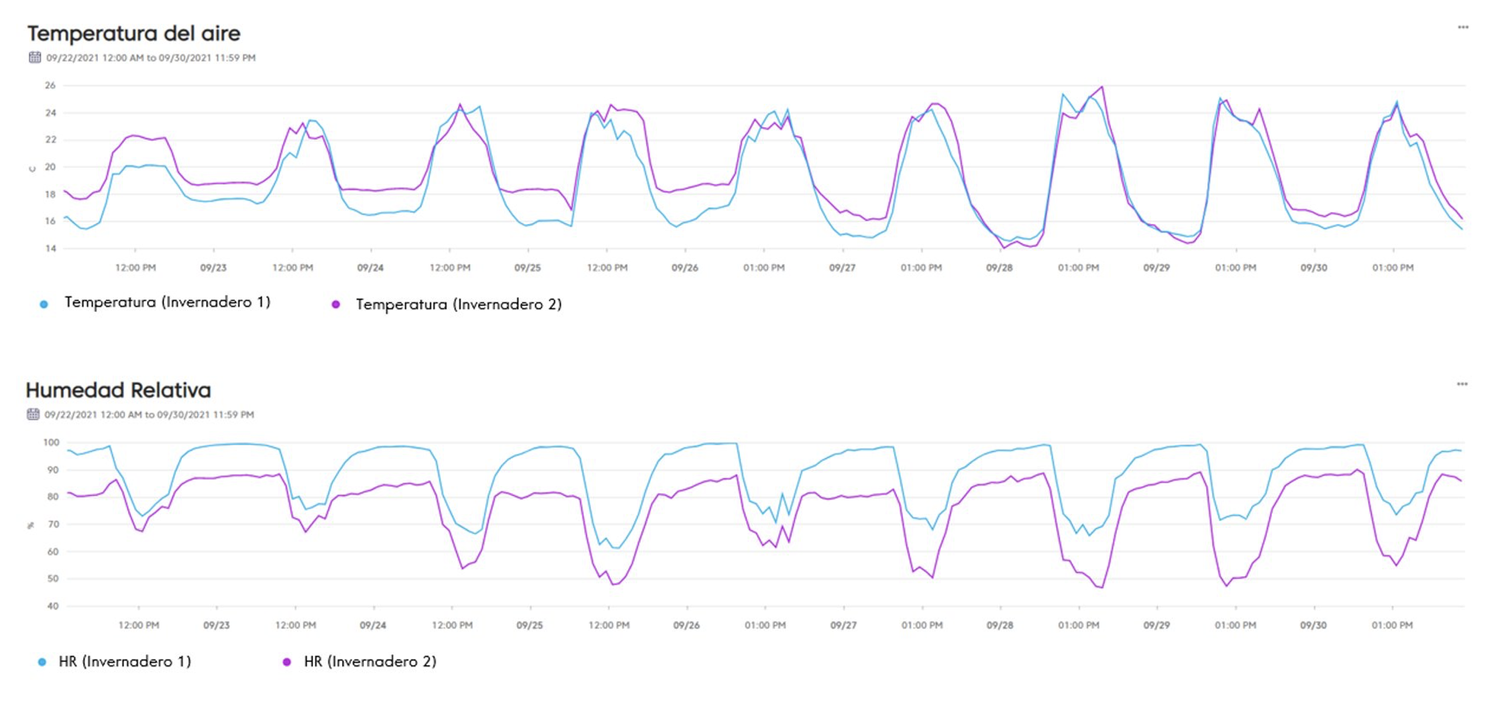
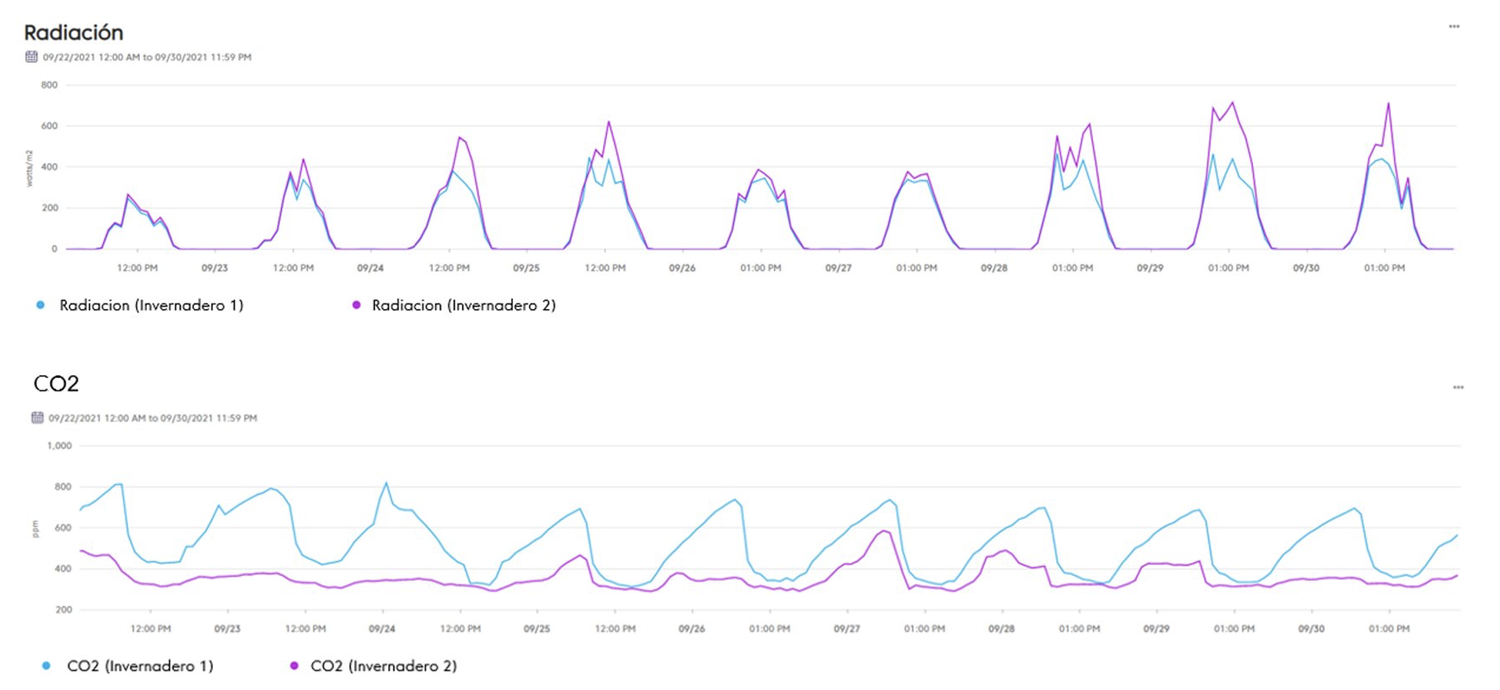
Greenhouse 2 had higher night temperatures which meant higher 24hr average temperatures. Generally higher average temperatures are better for growing. Greenhouse 2 had higher radiation which produced stronger, sturdier plants. Greenhouse 2 also had lower humidity so therefore lower disease risk. Lastly Greenhouse 2 had smaller CO2 variation.
This last point, the grower discovered, was because Greenhouse 2 had a ventilation fan which enabled better air flow to the plant and better CO2 oxygen flow within the plant.
So by uncovering these factors and with the data to provide solid intelligence, they could confidently invest in improving the infrastructure of Greenhouse 1 to bring it into line with Greenhouse 2 and increase their shelf life.
Variance in production is something that growers want to avoid but often one facility produces more than another. While they may have a hunch on the reasons for this, they can only put forward their best guesses. Without tangible data to draw conclusions, it is very hard to propose changes or make investments that might improve the output of the lagging facility.
The last example is from a farm that was experiencing lower crop yield and quality. The grower noticed this reduction but the causes weren’t clear.
When it comes to their plants, grower get a lot of satisfaction from successfully trouble-shooting issues – so it bothered him that he couldn’t find an explanation.
While he had his suspicions – he thought perhaps it was something happening during the crop cycle – he wanted to know the real reasons. But at that time only handheld readings were taken – there just wasn’t enough data to be useful in finding an answer.
Our portable wireless sensors were deployed in the area of the tunnel house where the problem was occurring and real-time climate and environmental data began trickling in. He also used our mobile app to regularly collect data on crop growth, digitally.

As the data accumulated, the grower noticed periods of poor plant growth which may have contributed to the reduced crop yield and quality. Digging deeper, the data revealed climate influences for that period. He could see that poor plant growth (indicated by lower stem diameter) may have been due to assimilate limitations (for example, sugars produced by photosynthesis) when he looked at the light and temperature curves.
Today, the value of data for this grower is in the ongoing awareness of plant health and the ability to take action with a higher level of certainty than just best guesses. He acknowledged that if the right kind of data had been collected sooner, this issue could have been managed by adjusting the climate to maintain active growth and avoiding stressing the plants.
Now he has experienced this crop health visibility from data and the advantages it provides, he is a convert to digital agronomy and will continue to collect and analyse data to help him grow better crops.
Solving these kind of problems by collecting data doesn’t have to mean huge investment, disruption or months of tech training. Small steps can be made today with simple digital tools so you get a clearer picture of your environment, climate, crop health and events that might threaten it.
If you are not collecting data, begin as soon as you can. If you are already collecting data, ask yourself “Is it comprehensive enough?” i.e. would the data you currently collect help you investigate and resolve the 3 issues above?
Ideally your data should be:
continuously captured
Visible as graphs and charts
contains as many data points as possible
accessible from anywhere to the individuals that require visibility
Collecting and analyzing data is a powerful tool in addressing common problems in controlled environment agriculture. By harnessing data to understand the correlation between disease prevalence and climatic conditions, growers can take appropriate action to mitigate disease outbreaks. In addition, data helps growers identify the causes of variations in output across sites and take corrective measures to improve crop quality and yield.
Finally, data can be used to optimize resource use, leading to reduced water and energy usage, and reduced dependence on pesticides. Overall, data-driven decision-making can help growers do their job better by improving productivity, quality, and sustainability.
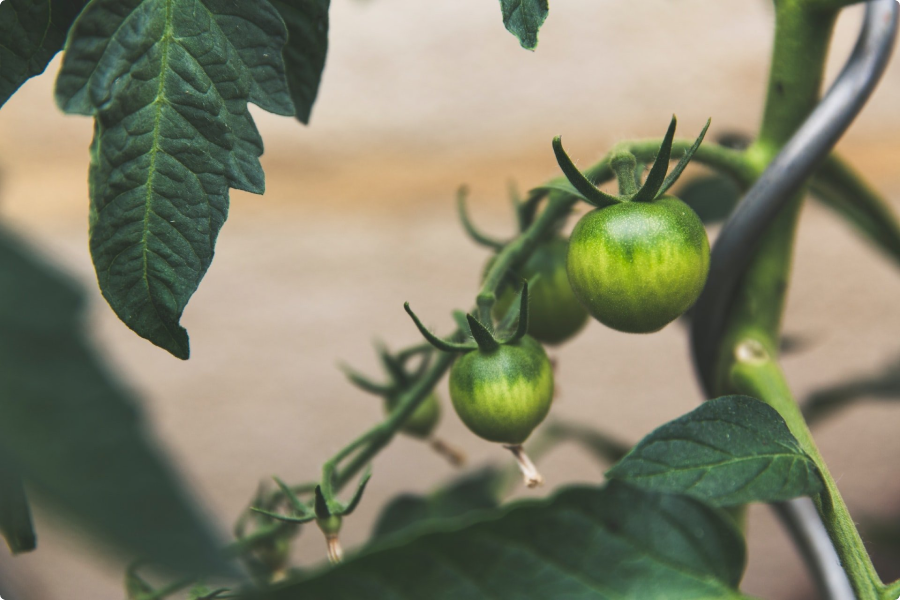

Daniel Than, Customer Success Director at WayBeyond, explains why actionable climate insight—not...
.png)
Learn how to manage weather-related risks for your crops using an early warning system such as...

WayBeyond’s new GrowPilot app brings artificial intelligence into the hands of small to...
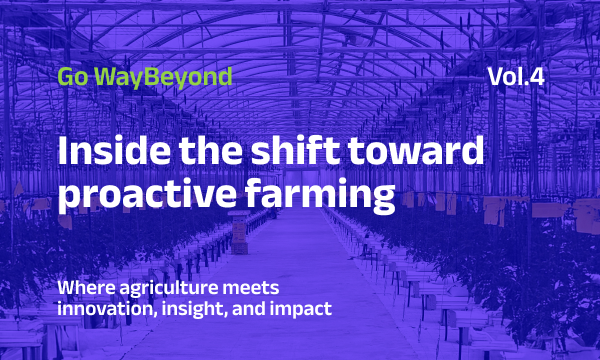
From cutting water use in drought-hit regions like Morocco to preventing thousands in losses from...
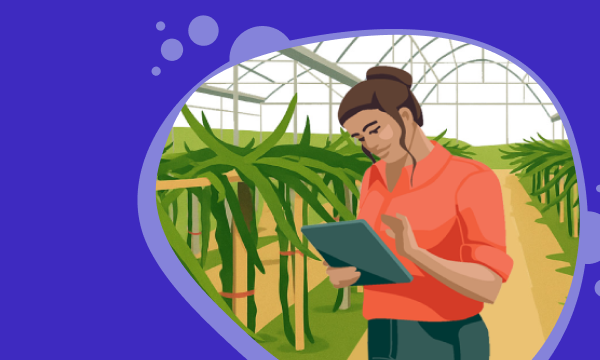
When faced with crop losses due to climate events and system failures, Eliven Tropical turned to...
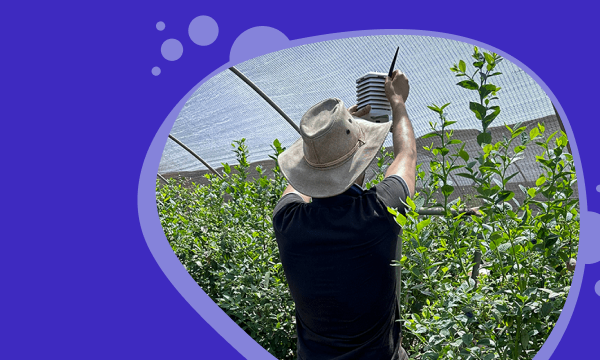
A leading Moroccan berry grower cut water use by 16% using climate data and ETo-based irrigation....
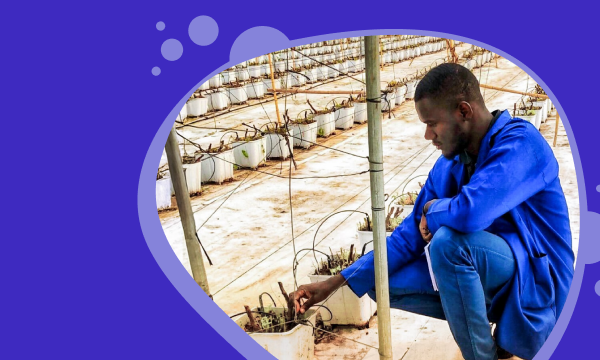
ETo forecasting is a simple but powerful tool for optimizing irrigation every day, in every season....
.png)
From breeding climate-resilient berry varieties in Australia to testing precision irrigation...
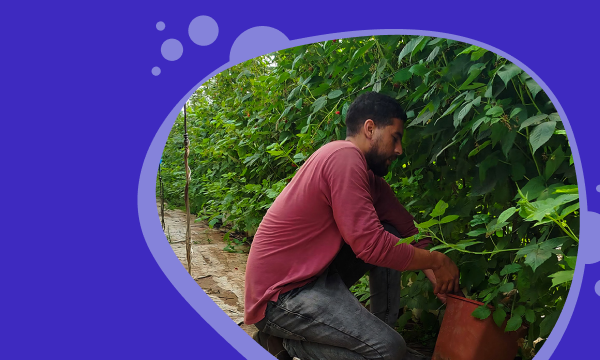
See the strategy behind evapotranspiration-based irrigation planning that helped a greenhouse...
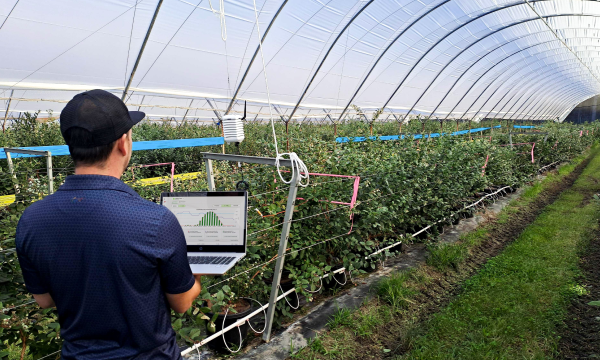
Costa Group is using WayBeyond’s FarmRoad platform to support its elite blueberry breeding program...
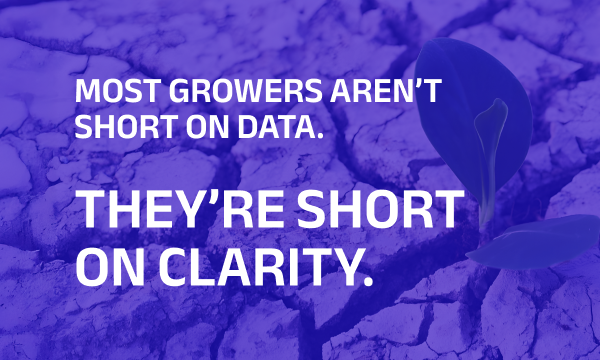
Soil systems around the world are under pressure. Pollution, climate extremes and unsustainable...

AgTech enters 2025 with strategic investments prioritizing long-term food security over quick...
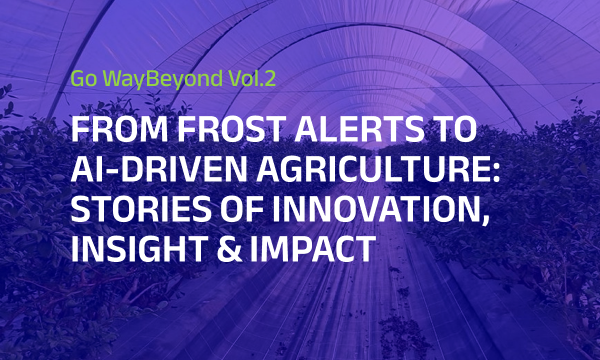
Our newsletter explores the evolving world of agriculture through the lens of innovation, insight,...

Darryn shares how digital agronomy and AI-powered solutions help farmers optimize production,...
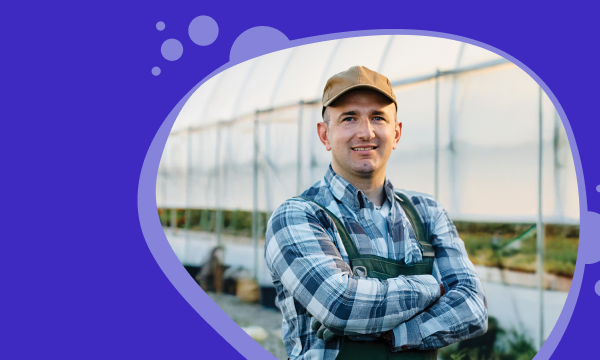
Learn how a people-first approach to change management empowers growers to successfully transition...
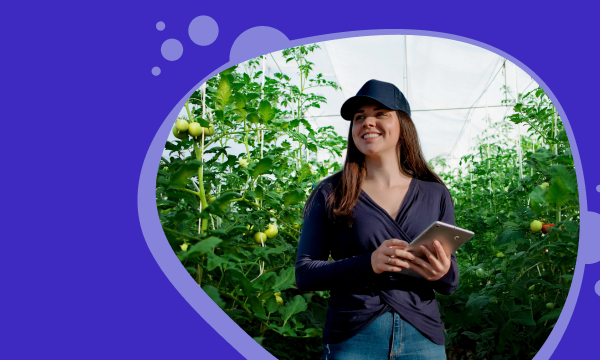
The grower's guide to using data for effective crop management. Get practical tips to achieve...

Darryn Keiller shares his thoughts on the urgent need to rethink farming, tackle regional...
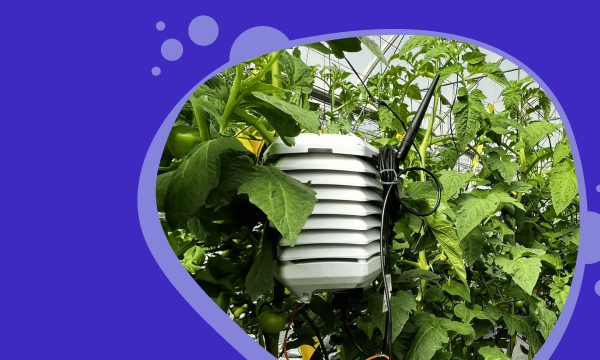
The HM.CLAUSE Kenya seed production team faced several challenges in optimizing their yield...

With late blight causing crop loss and large costs, Agrícola Chaparral turned to digital agronomy...
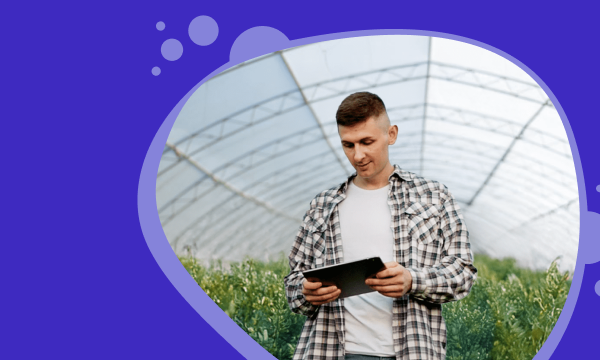
Learn how six key weather data points can help you make smarter irrigation decisions, conserve...
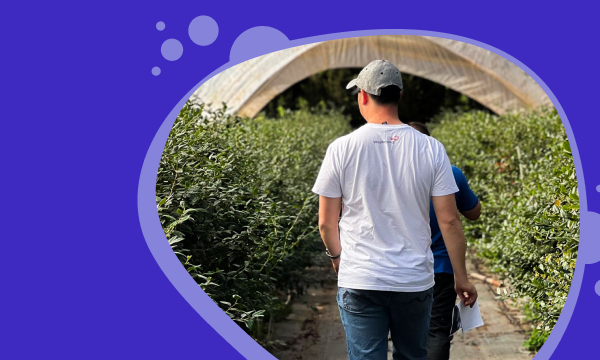
Two weeks, three countries, and ten customer farm visits later, Daniel Than, WayBeyond’s Customer...
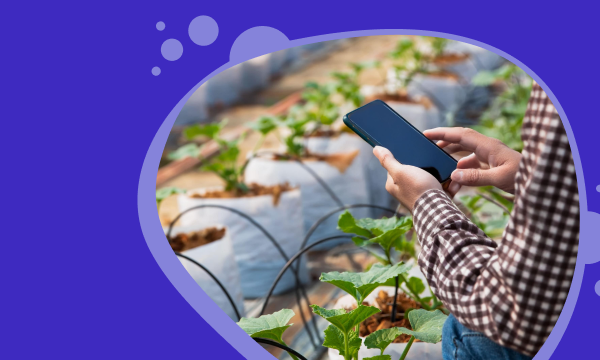
A smart approach to water management is key to helping growers tackle water scarcity and climate...
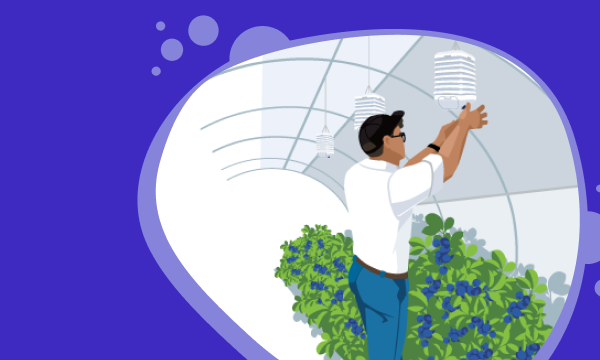
With over 470 ha of blueberry production, African Blue needed to unify farm data to improve crop...

What if tomato seeds were treated as commodities? This article explains how data and AI can help...
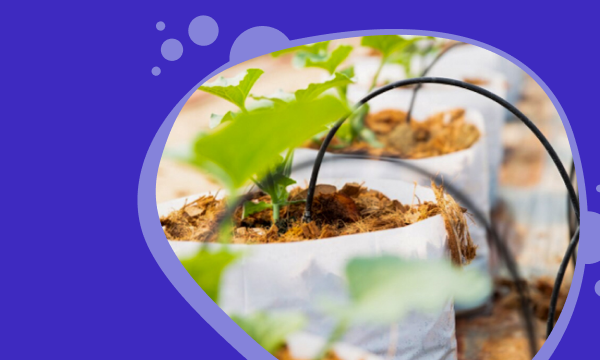
Uncover the vital role of drip and drain monitoring in optimizing drip irrigation farming.
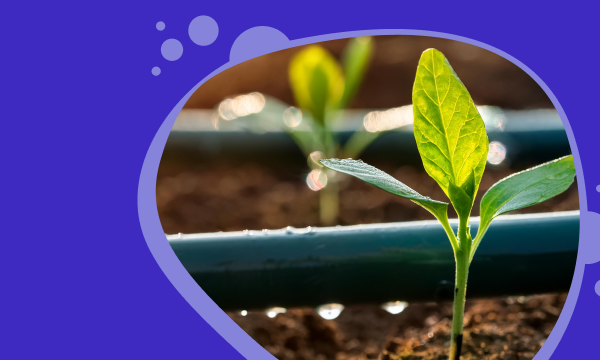
Explore how protected cropping growers can use data insights to drive smart irrigation practices.
.png)
Learn how Khawla Derstaouieh embraces digital agronomy to optimize irrigation, track pests, and...

Heatflation is rising food prices caused by extreme heat from climate change. How can protected...
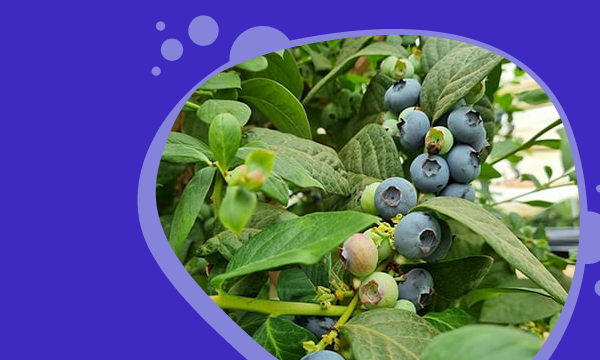
Heat stress is a significant concern for berry growers as it has both positive & negative effects...
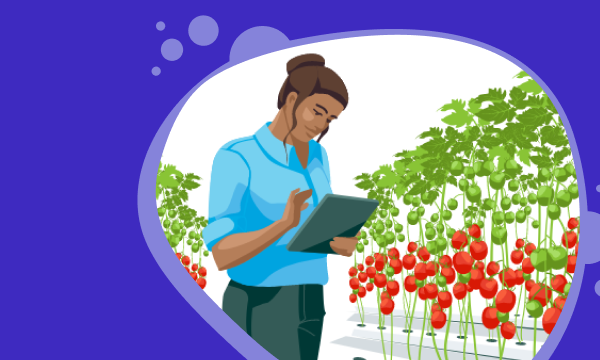
Do growers focus too much on high accuracy yield forecasting and miss key contextual indicators?
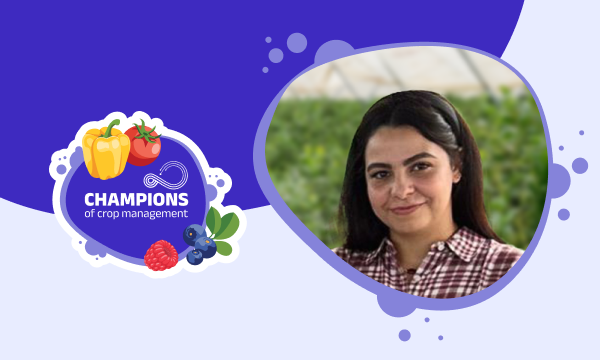
Discover how Sanaa Elmarini enhances decision-making in blueberry crop management at African Blue...

Practical solutions for today’s challenges in the world of horticulture. From real-time data to...
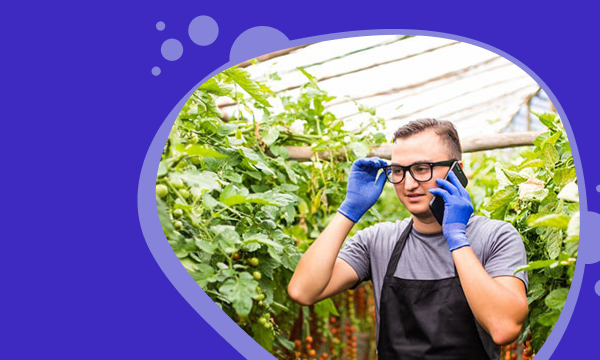
Real-time alerts play a vital role in empowering growers to make better crop management decisions.

Darryn addresses the importance of food security, how the pandemic showed a real vulnerability in...
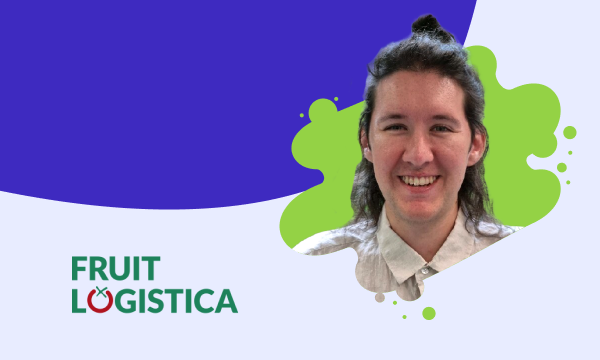
Real world examples of common issues faced by growers that can be solved with real-time data,...
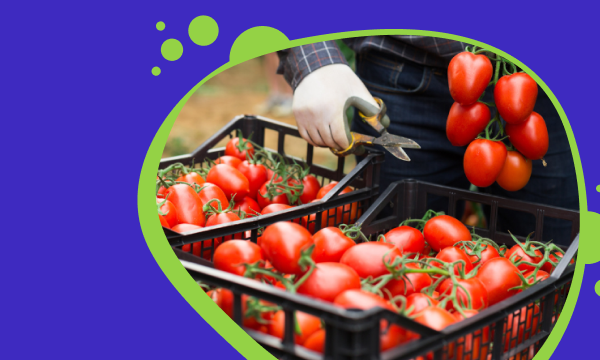
In this crop steering guide, you'll learn how to adjust environmental factors for ideal plant...
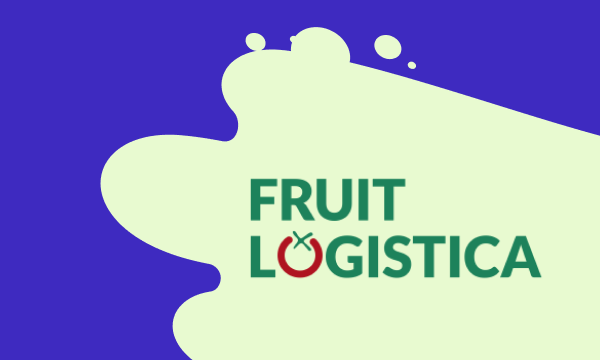
Fruit Logistica 2024 in Berlin wrapped last week, bringing to a close its biggest edition yet with...
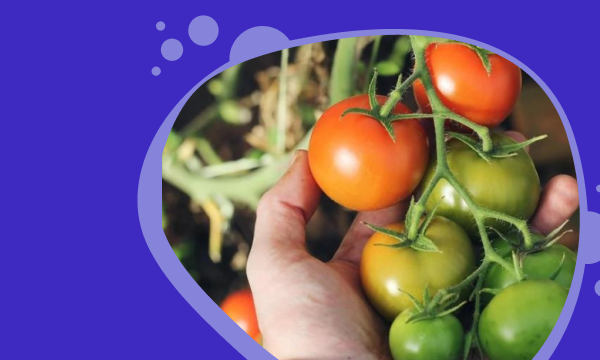
Discover strategies for maximizing crop yields by balancing generative/vegetative growth.
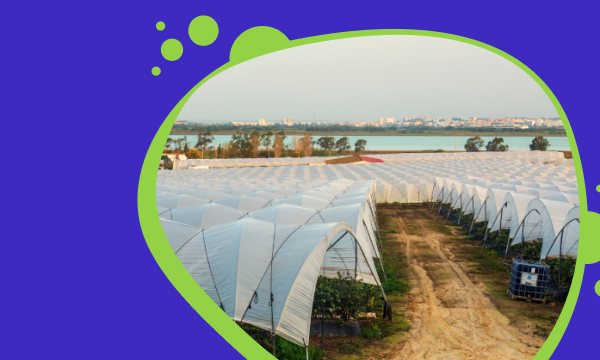
The protected crop growers guide to successfully managing your plants, team, practices and...

The future of farming may be indoors. We know that’s already happening for tomatoes and leafy...

Read our team's report on the 2023 Morocco Berry Conference, held in Agadir.

Learn how interpreting crop yield prediction with contextual data improves decision-making and...

WayBeyond's team share first impressions, general observations and key takeaways from Fruit...
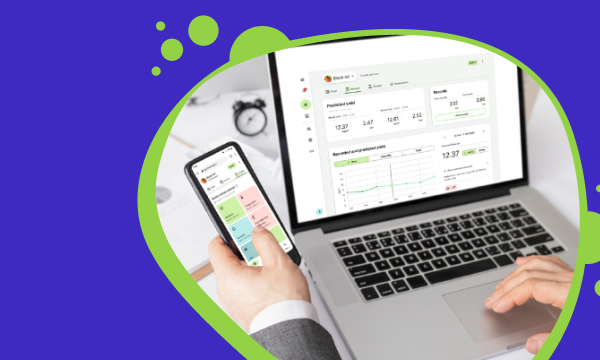
SaaS adoption in horticulture: discover challenges and pitfalls for both growers and technology...
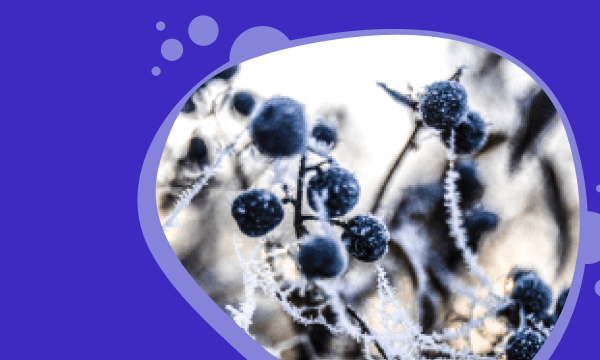
Frost devastates blueberry crops, leading to significant economic losses. By harnessing digital...
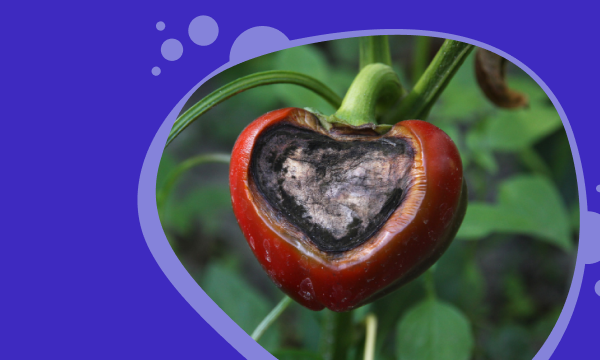
Digital agronomy insights helps tackle crop loss, production variations, and declining yield by...

Lee Kirsopp challenges the need for high accuracy yield prediction. Can other data provide better...

Insights and reflections from the WayBeyond team at GreenTech Americas 2023, held in Querétaro,...

3 production problems that can be solved by collecting data: cross loss from disease, poor crop...
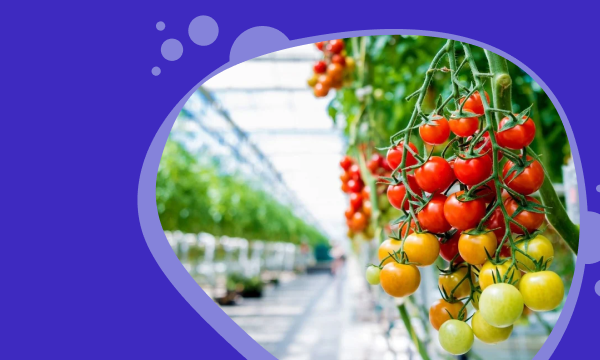
WayBeyond's study unveils factors behind yield swings and proposes an alternative to improve yield...
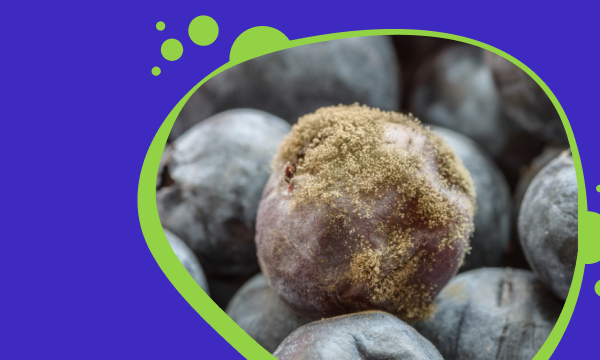
Discover the true cost of a fungal disease outbreak in crops, how to respond and the financial...
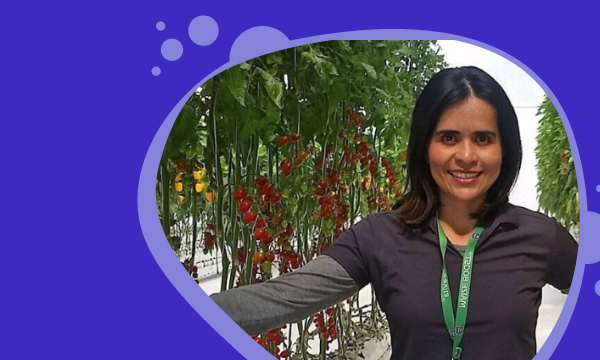
With protected agriculture on the rise, Mexico is ripe for the next wave of tech innovation.
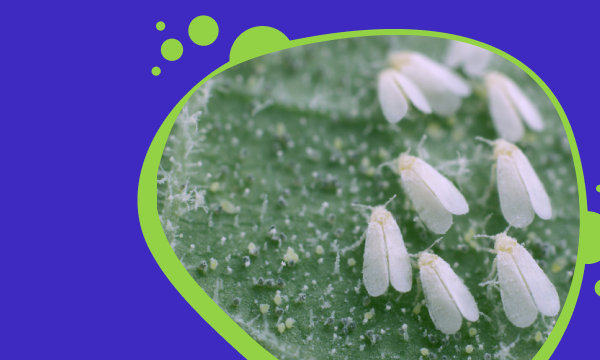
Get insights on Integrated Pest Management planning for effectively managing infestations.
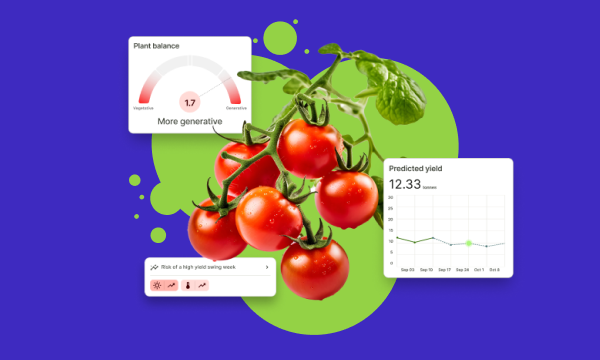
Learn the challenges and potential of AI and machine learning in agriculture for sustainable crop...
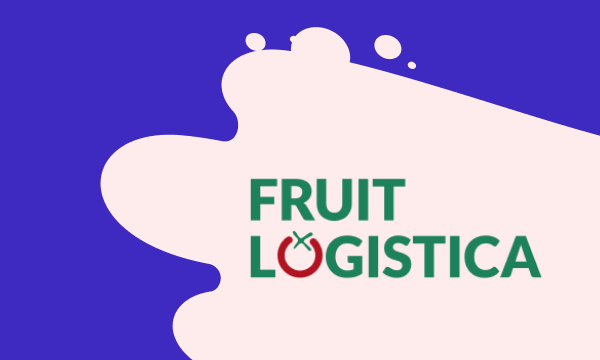
Read the round up of Berlin Fruit Logistica 2023 from the WayBeyond team on the ground.
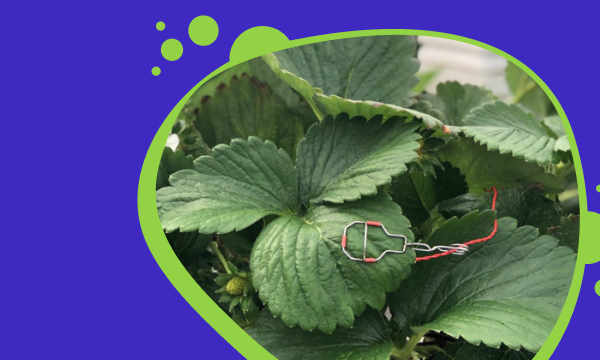
Learn how to manage plant stress and improve crop performance with Vapour Pressure Deficit.
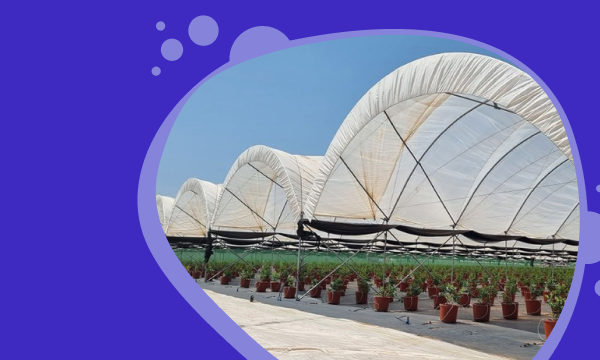
Harnessing FarmRoad enabled to monitor the status of their crops and the farm as a whole and...
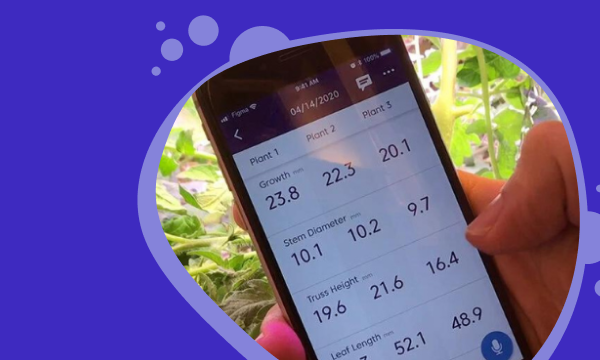
Why do growers use crop registration and how does it benefit crop management practices?

Our food systems face uncertainty in the wake of Climate Change. Cyclone Gabrielle highlighted the...
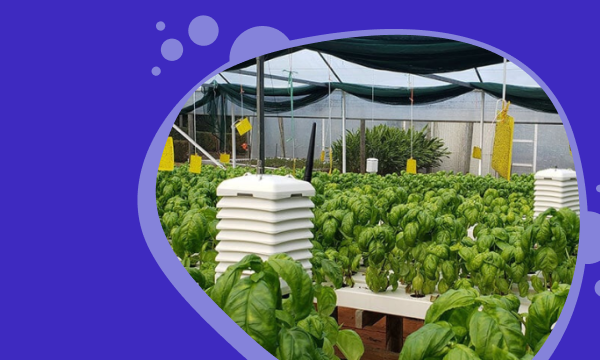
Growers require frequent and detailed climate data and crop status visibility to get the best from...
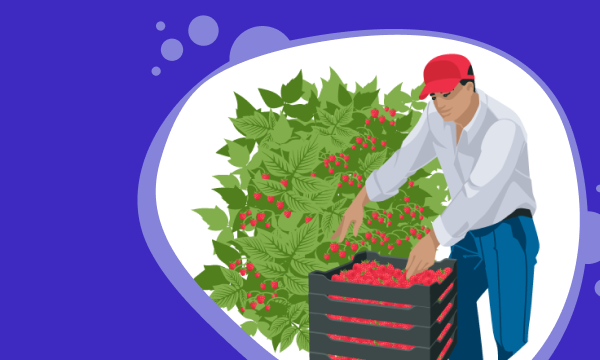
The agronomist at Season Farms noticed a drop in production and turned to WayBeyond's digital...
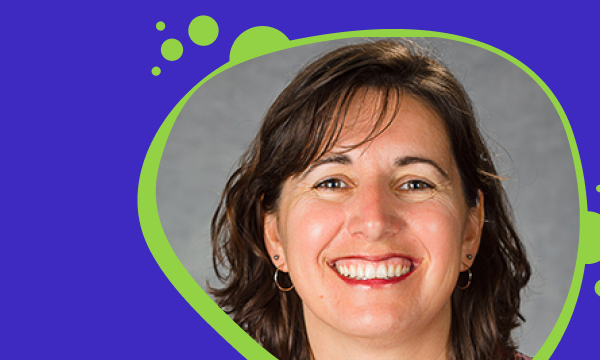
Plant pathology is the study of plant diseases and how they interact with plants. In this in-depth...
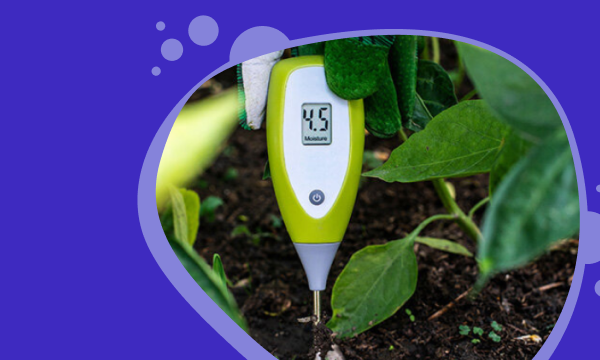
While the popularity of hand held moisture meters for plants shows no signs of abating, there are...
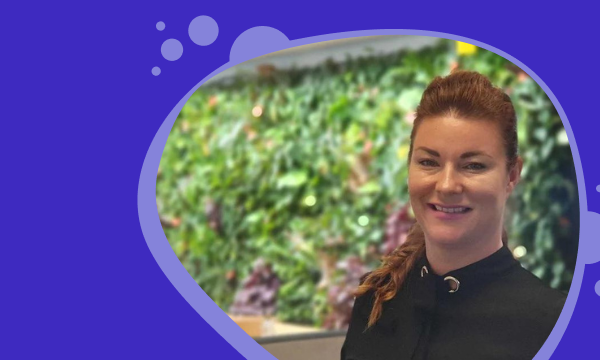
Lotte Bayly shares about her career journey, navigating gender bias, and her views on gender...
Champions of crop management.
Giving commercial growers the power to make better crop management decisions and optimize crop outcomes.
Solutions
Customers
©2025 WayBeyond. All Rights Reserved.